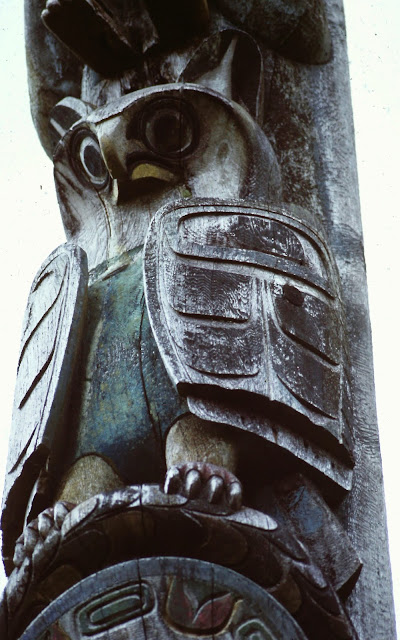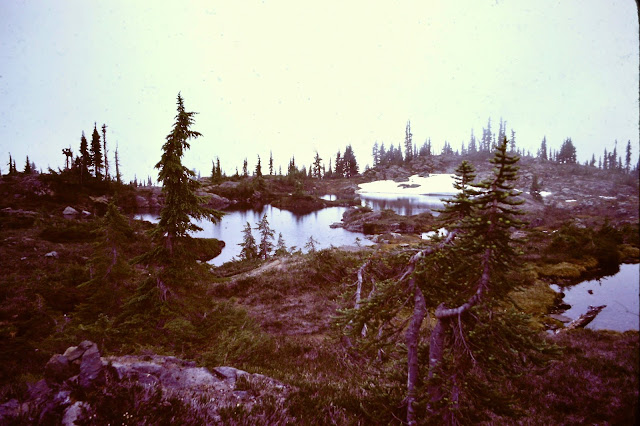I probably should apologize for that title, but one time my dad told me a story about a cousin, who in school was orally given the assignment of writing a theme paper about "Athletic Feats", I guess he misunderstood, because he wrote his whole paper on athletes' foot. I always thought that was a funny story and somehow thought of it when I was writing this piece.
When I was young I always had a complicated relationship with athletics. On one hand I was blessed with a lot of natural ability, particularly in the basics like running and jumping. On the other hand, it seemed that unlike most males, I failed to inherit the gene that made a person feel that sports were important. I really could care less about sport teams or sport scores.
The first indication that maybe I had some special ability in sports, came when I was in the fifth grade. One day for Phys. Ed., (we always called it "gym" no matter if we were actually in the gym or outside), we were gathered around at one end of the playing field and told that we were going to have a race to the far end, around the backstop, then back to where we started.
"On your mark, get set, GO!", away we shot as a group, but as we approached the backstop, we were spread out. I was way in front of the pack by the time we got back to the start. I was happy that I had won, but I didn't spend very much time thinking about it
In the spring of the following year, when I was in Mr. Mohr’s the sixth grade class, he read out an announcement that anyone who was interested in being on the school's track team should pick up a permission slip.
I was happy when someone ask what track was, because I didn't know. Mr. Mohr explained to us it was about running races. Then the class broke into a general discussion about track.
I hadn't been at all enthusiastic about the track announcement until one of my classmates held up his hand and said, "David should be on the team, because he won the race in gym and can run really fast.” I hadn't thought about that race since it happened, and was surprised and proud that someone remembered it.
I did pick up one of those permission slips and took it home, and my dad (who had inherited the sports gene) was happy to sign it. On the slip, it said I had to go to get a physical exam from a doctor, and have a T-shirt, some shorts, a pair track shoes, and a jock strap. I had to ask what that was, and my father told me that was something you wore instead of underpants, so that you wouldn't get ruptured.
I didn't know what getting ruptured mean either, but I assumed that it had something to do with the nether regions, and so I just nodded my head like I understood, and let it pass. This whole business of the jock strap and getting ruptured all sounded like I was about to enter into this mysterious and unknown world.
Next Friday night on our weekly trip to town, Dad and I slipped away from my mom and my sister and he led me into the basement of the town's sporting goods store. There he and the store clerk picked out a correct jock strap for me, and I was sized up for a pair of track shoes.
The track shoes added to the mystery of this thing called track. I had never seen any shoes like them. The shoes were very light in weight, with a very flexible thin sole that was mostly on the front of the foot, with just a narrow strip running back to the heel. When you put them on, you felt like just walking on your toes.
Once back home, I rushed into my room, to try on my new track equipment. When I took the jock strap from its cardboard container, I'm not sure what I expected, but I expected something more than the wide elastic belt, attached to two narrower straps and a pouch. I figured out how to put it on, and once I had it in place, I was gratified that I would now be protected from getting a rupture.
More tomorrow




































